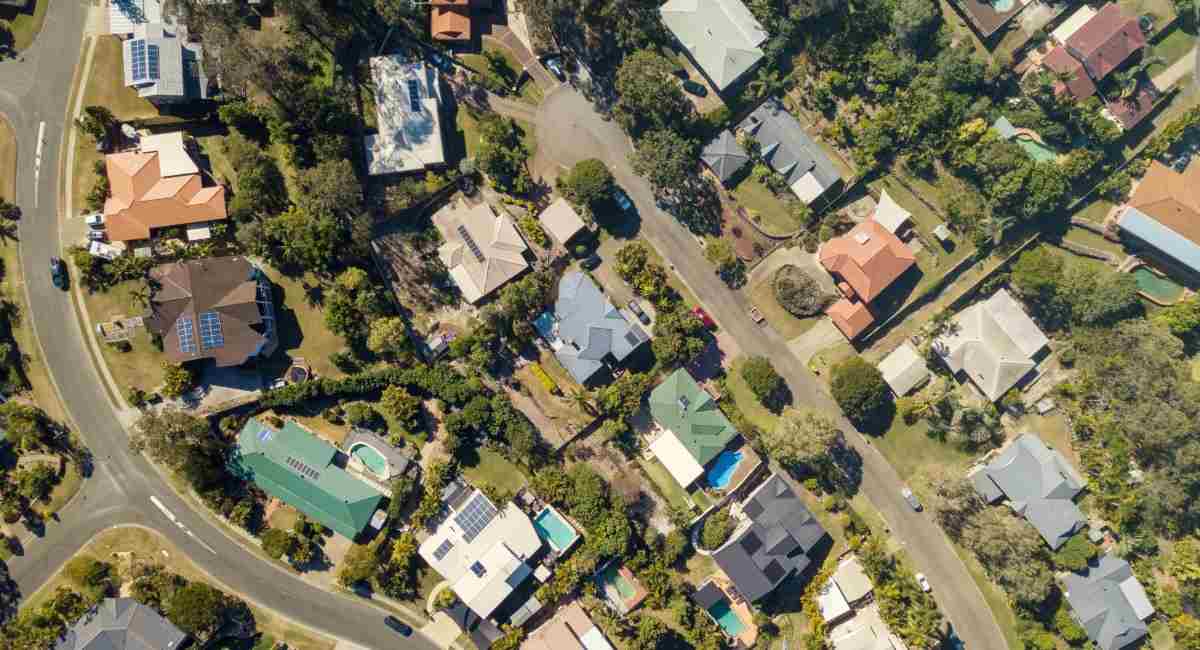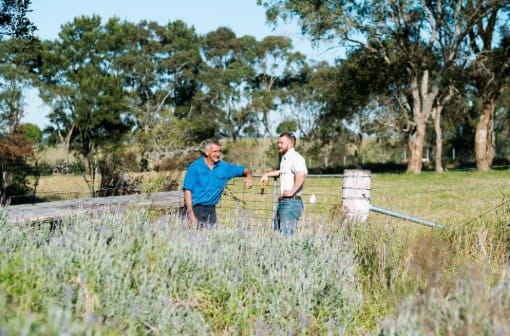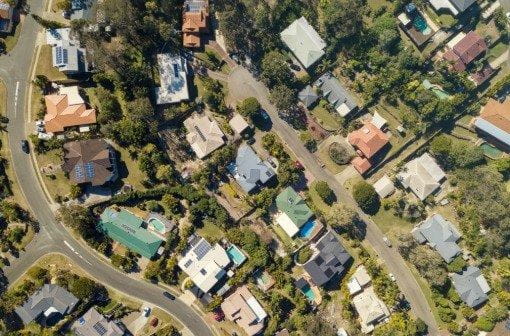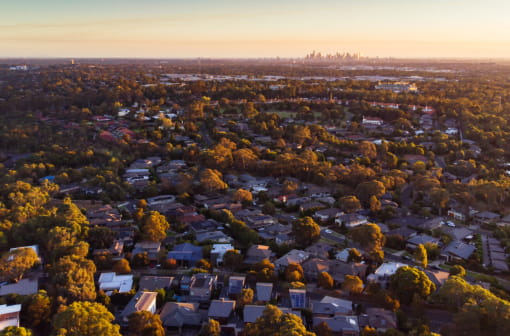“We’re seeing other countries around the world putting wellbeing at the heart of policy and decision making. We’re not seeing that in Australia, and we need to.”—Dr Kate Lycett, Australian Unity Wellbeing Index lead researcher, Deakin University
Key points
- The most recent Australian Unity Wellbeing Index (AUWI) collected data based on electorates for a localised view of Australia’s wellbeing.
- Data shows geographic divides in wellbeing across Australia.
- Australians can use the AUWI Dashboard to identify areas for improvement in their communities and help lobby for change. You can explore the dashboard here.
It might be unsurprising that there’s a link between where you live and your wellbeing, but now we have data to back it up. This year, the Australian Unity Wellbeing Index data was mapped across federal electorates, providing a localised view of how Australians feel about their lives and life in Australia for the first time.
Across the country, data shows the wellbeing of Australians has reassuringly steadied.
“Since 2021, the post pandemic year, we've seen a decline in wellbeing across the country, and we've seen some of the lowest rates of personal wellbeing and national wellbeing in the history of the project,” says lead researcher, Dr Kate Lycett.
“But this year, we saw a bit of a change. So with national wellbeing, we saw a decent uptick in how people were feeling about life in Australia across five of the six domains. For personal wellbeing, things remained fairly similar at the national average.”
Unfortunately, it’s not all good news. This year’s results show an Australia increasingly divided by age and wealth inequalities.

But first, why electorates?
Kate Lycett says there’s already a lot of objective electorate-based data out there including incomes, unemployment rates, and other demographic and socioeconomic data.
“But we actually don't know how people feel, and this is the missing piece of the picture,” she says.
This year’s index captured a sample of over 10,000 Australians across the country, making it the largest annual sample in the index’s history. Kate says the increased sample size provided this valuable opportunity to map wellbeing based on electorates.
“This is important because while we might be able to see that objective measures are tracking one way in a certain area, when we look at how people are actually feeling, we might see a different scenario.”
The data is easily accessible to Australians on an interactive online dashboard. Kate says this makes it possible for the community, policymakers, researchers and the everyday Australian to look at it and say ‘well, actually, how are we doing?’.
New data will be added each year so Australians will be able to take note of any changes that occur over time.
You can explore the AUWI dashboard here.
The wellbeing divide in electorates
So, what does the data tell us about which electorates are doing the best?
Kate says the happiest electorates are generally older and wealthier.
“They’ve got the most resources and they’ve got time,” says Kate. “In the top 10% we also noticed quite a big number of electorates that have representation from independent political parties.”
Meanwhile those electorates with below average household income, higher numbers of people experiencing unemployment, more young people, and a greater number of renters are more likely to report lower wellbeing.
But money isn’t everything.
While there is a predominance of higher household income in the top 10 electorates for personal wellbeing, there are three electorates that have below average household incomes.
Rural electorates, for example, are likely to rank their personal relationships higher which is a factor in why they’re reporting higher personal wellbeing overall compared to other regions.
“So that's showing there are factors other than just wealth and affluence at play here,” says Kate.

Advice for if your electorate isn’t ranking highly
“Don’t be alarmed if your area is red,” says Kate. “This does not mean that it isn’t a great place to live.”
“People live in their communities for many reasons, often with strong connections to family, friends and children. Your area means so much to you.”
Kate emphasises that there will be people living in those electorates who have great wellbeing.
And if you are doing well and have great life satisfaction, it’s an opportunity for you to assist those in your community.
“Community action can be so powerful,” says Kate. “Some of the things you won’t be able to work on because they might need big policy changes, but there will be things like community connectedness or personal relationships that the community can certainly mobilise around to help gain investment to drive things that could improve wellbeing in that area.”
How institutions can use this data for good
Elected officials can use this data to facilitate decision making, learn how they can best serve their communities and help secure investments during their term in office to increase wellbeing for the people they’re representing.
If it feels as though politicians aren’t prioritising the most pressing issues in your community, you can make your voice heard and share what changes you want to see.
“We can write to them, we can ask for meetings with them, and we can ask for change,” says Kate.
But Kate adds that it’s not just governments and communities who can be doing their part. Businesses play a huge role in the wellbeing of Australians too.
“We’re not going to see shifts in Australian’s wellbeing unless businesses, communities and government all work together,” she says.
“Right now, the idea of economic growth at all costs is not good for anyone, and if we want a future for our children and future generations, we need to change the current economic model.”
Rohan Mead, Group Managing Director & Chief Executive Officer at Australian Unity, affirms that the findings from this year’s Australian Unity Wellbeing Index show it’s time to build a future-ready system.
“Amid the profound demographic shift underway, Australia faces one of the most significant structural challenges of our time,” says Rohan.
“Without deliberate and coordinated action, the ageing of our population risks placing unsustainable pressure on our health system, limiting choices for older Australians and compounding financial strain.”
Rohan says the findings begin to reveal the early contours of that challenge, where younger Australians report diminished wellbeing and regional communities experience poorer health outcomes.
“We must now turn our attention to building a future-ready system—one that is equitable, resilient and capable of positively impacting the wellbeing of Australians, across generations and geographies.”



